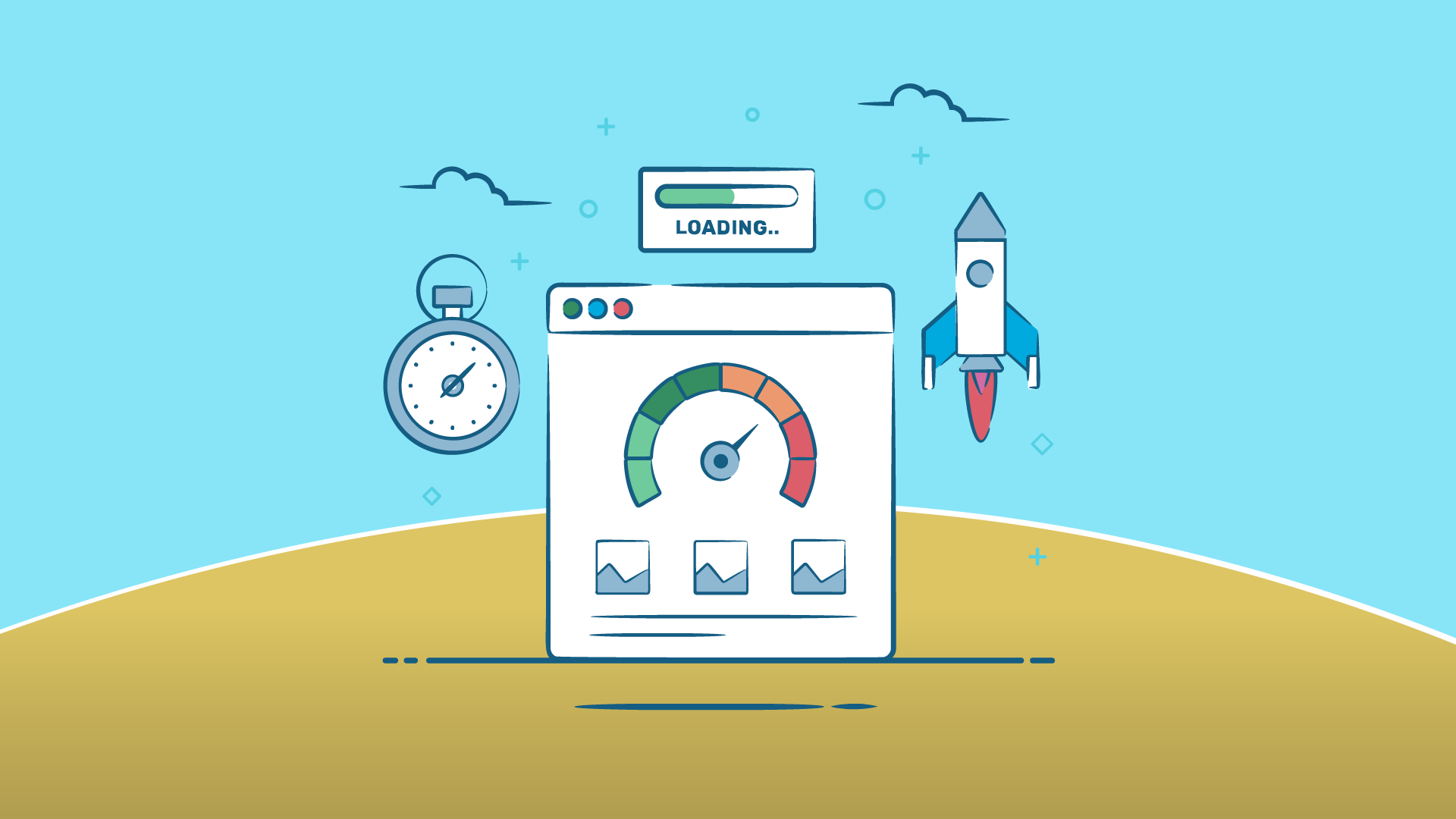
For a successful brand, an active website is a must. Without an effective online presence, reaching out to the target audience can be difficult, resulting in low conversion rates.
Businesses commonly invest in web domain and hosting services to improve website performance and satisfactory user experience. The demand for a web host in Australia and worldwide is rising to allow businesses and individuals to create and run websites as needed end-to-end.
Website speed is essential to website performance and contributes to website crawling, improving SEO.
Let’s discuss this in detail below.
Need For Page Speed Optimisation for SEO
Most search engines, especially Google, consider website speed an essential indicator of overall performance. Whether the goal is Google page speed optimisation or website speed optimisation, the end goal is to improve the user experience.
Poor user experience increases the chances of users leaving the website from the start point itself, causing search engines to catch hold of it and give bad ranking, directly impacting your SEO.
Tips for Effective Page Speed Optimisation
- Image Optimisation
Large media files, especially images, significantly impact your website speed. It increases the load on the server and causes gaps and lags.
Compressing large image files with the tools available reduces the file sizes without affecting quality for effective website speed optimisation.
- Browser Caching
Browser caching is a crucial performance mechanism that allows a higher website or page speed for all the returning traffic to your website.
It is possible to do so as browser caching stores the static resources like style sheets, scripts, and images as copies for faster loading.
- Reduce HTTP Requests
Every element on a webpage has its own HTTP request for loading.
For page speed optimisation, reducing the number of elements by combining different files under one category can greatly help reduce the website load time, making it appear with a higher rank for SEO.
- Add Content Delivery Networks
At times, the server load time is high due to the target audience’s location. Traffic inflowing from different geographical locations requires better division of servers.
With the help of CDNs, you can easily distribute your website pages across different servers globally.
This will reduce the physical distance between the server and the users, directly reducing the load time.
- Choice of Web Host
Choosing the right web host is necessary to allow zero gaps and lags for your website. If the web server response time is slow, it can reduce the overall website speed.
Thus, always choose a reliable host or hosting provider for website speed optimisation to reduce latency and website speed.
- Better Web Design
Having a responsive website design is essential for SEO performance. Most users today rely on mobile scrolling, so implementing a responsive web design on different devices and screen sizes is essential to rank high on search engines.
High responsiveness also leads to better speed and load time, improving user experience.
Conclusion
Optimising your website speed to enhance your SEO performance is necessary, as website speed optimisation has multiple benefits. Fast-loading pages and websites tend to rank higher on different search engines, attracting a better pool of leads and increasing the conversion rates significantly.
Moreover, with user experience being the crux of a successful website, page speed optimisation is a top priority to keep your customers happy.



More Stories
Management Styles – The Unorthodox
What To Know Before Choosing The Residential Roofers
Do I Need a Lawyer for My Child Custody Case?